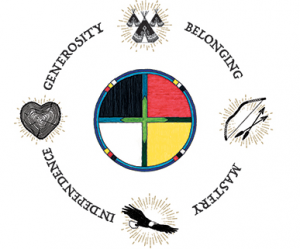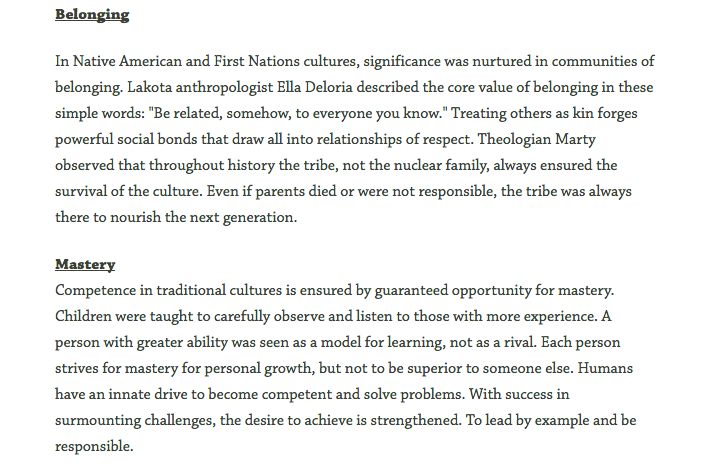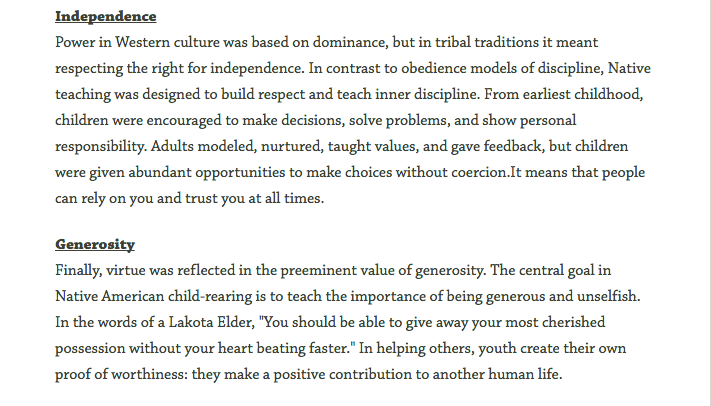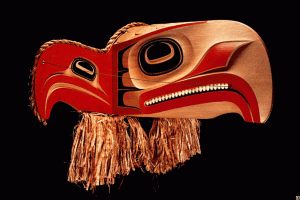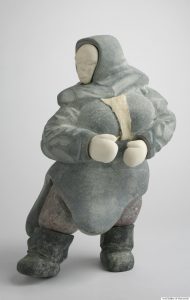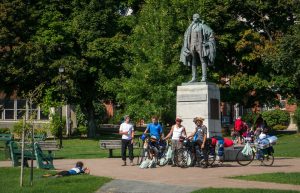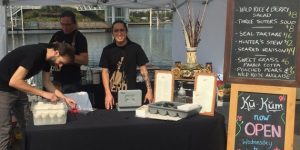This week, based on the readings and discussions, I found myself drawn to more curricular based research. I wanted to find where I could possibly fit these ideas into gym classes, but also how I could help teachers connect students to the culture. The cultural biases and equality discussion also made me think about how this related to the physical education aspect of my research and I wanted to touch on this as well.
I decided after a very interesting pro-d day that focused on first nations representation in our curriclulum on how this physical education piece could possibly fit into the first nations cultural views. I first looked on our British Columbia new curriculum website and found surprisingly nothing. I did however, start to get creative and looked at the positive personal and cultural identity section. Much of the dances I would be teaching should enhance the idea that everyone is unique, yet also connected.
This is not necessarily a dance inspired resource, however I would like to include it in my website as a tool for teachers looking to use first nations influence in the gym. This website is extensive and while not based in BC has some fantastic ideas for using first nations ideals in the gym. There are options for primary, intermediate and older. Use of animals is definitely highlighted and is a wonderful way to inspire gross motor skills, I use this daily regardless of whether it is culturally significant or not.
I also decided I would delve more into the health aspect of the first nations culture, possibly as a motivator for teachers to insert culture into their gym classes. Health statistics for first nations people are very interesting and should serve as a useful tool for teachers. Specifically page 27, which highlights physical activity and food consumption. Interestingly the majority of first nations peoples (35% of men and 26% of women) were physically active for 60 minutes per day, a statistic I feel could be higher. Unfortunately, there are no statistics for children in these families, however, physical education as youth could help increase physical wellness in adults.
Also interesting was table 3 as it highlights resiliency seen in first nations students and the graduation statistics among them. This doesn’t necessarily relate to inspiring physical wellness, but should be a motivator in introducing culture and personal cultural identity. That sense of community would hopefully help first nations students be motivated to complete their degrees and excel in school.
4. This week’s readings and discussion had me thinking about cultural stereotypes and how first nations people are viewed in terms of physical health. Unfortunately first nations people have not been as active in, say, the sports community as would other cultures. However, I think looking at this image the outdoor education aspect is something to be emphasized. Fishing and hunting are all forms of sport and allow for some physical activity to take place. Field trips or walks in nature would be an excellent cultural activity to complete as a part of gym class. While this is not necessarily dance related as I had hoped, I think it is important for teachers to touch on all ways first nations people are physically active and make it a point to convey this to students. Since the culture is so rich and often viewed in one way, students need to learn how cultural stereotypes come to be.
I stumbled across this slideshow on this linkedin profile which was based in Hamilton and was titled an Urban Aboriginal Health Database Research Project. The image was the one I thought would be beneficial to my research. It is important to note that physical wellness, while important to first nations people, is not necessarily what makes one healthy. Considering this, there would be great crossover lessons available to emphasize the mind-body connection so important in first nations culture. To me even practicing deep breathing could be beneficial physically, while at the same time emphasizing wellness. Yoga would be an excellent example and lesson to do as it does incorporate animal poses, something important to first nations culture. The mind-body concept would be an excellent starting off point for teachers of both younger and older students.




